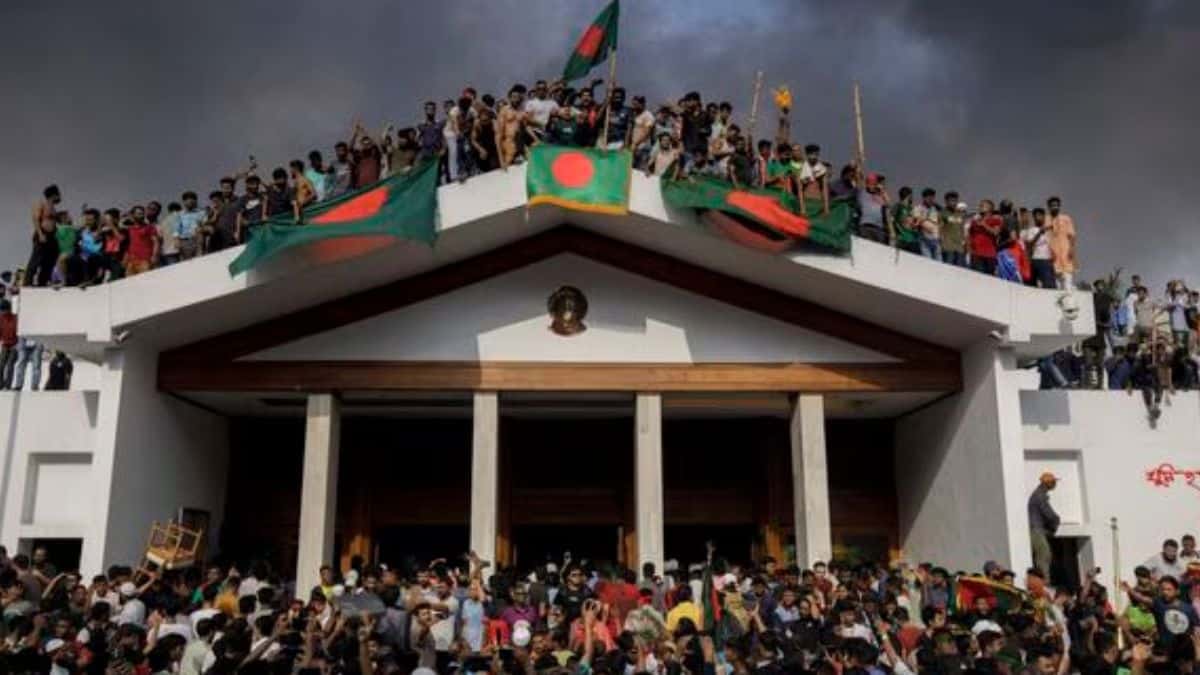 Image Credit: Mint
Image Credit: Mint
President Mohammed Shahabuddin dissolved the national parliament on Tuesday to pave the way for an interim administration. This decision follows intense unrest and nationwide protests against Prime Minister Sheikh Hasina’s 15-year rule, which culminated in her fleeing the country after brutal clashes on Sunday left nearly 100 people dead.
The dissolution was preceded by President Shahabuddin’s consultations with the heads of the three armed forces, political leaders, civil society representatives, and the Students Against Discrimination movement. According to a press release, the move aims to stabilize the political landscape and address widespread public discontent.
The Bangladesh National Party (BNP) Chairperson, Khaleda Zia, was also released, adding another layer of complexity to the rapidly evolving political scenario. Hours before the dissolution, student leaders had set a deadline for parliament’s dissolution, threatening a “strict programme” if their demands were not met.
Sheikh Hasina’s departure marks the end of her prolonged tenure as Prime Minister. Since early July, her administration faced mounting opposition and protests, which Hasina attempted to suppress. The situation escalated dramatically over the weekend, leading to deadly unrest and her subsequent flight from the country.
In response to the crisis, the military announced the formation of an interim government to oversee the transition and restore order. The dissolution of parliament is seen as a critical step in addressing the demands of protesters and preventing further violence.
The developments mark a pivotal moment in Bangladesh’s political history, as the nation grapples with leadership change and the path to stability.
